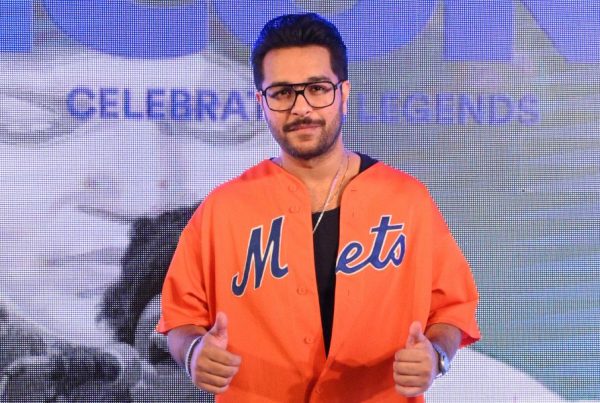There are not many worth-mentioning examples of visible representation of minorities in pop culture especially in local TV dramas and movies. These communities are either misrepresented or under represented to say the least. Mehwish Hayat playing a Parsi girl in Actor in Law was the last time we actually saw a strong and independent lead character of another faith. For all this and more, it was a breather to see a TV drama like Maryam Pereira finally touching upon the subject of interracial marriages and the hurdles that our country’s less privileged class faces.
Starring Sadia Khan, Ahsan Khan and Emmad Irfani in the lead, Maryam Pereira is a story of the protagonist Maryam (aka Mary), a Christian who teaches at a college. Sufiyan (Emmad) is her first love while Ali (Ahsan) plays the foreign-return son of a Baloch Sardar who is part of a land mafia trying to seize the Christian housing society’s land for a mega project. The story will turn out to be an unusual love triangle between the three characters, who get caught in a whirlwind of disruptive circumstances.
Read: Ahsan Khan lends voice to Pakistan’s minorities
Although we applaud Seema Tahir Khan’s (who has conceptualized the story) effort, there are serious discrepancies in what followed course after the first episode. Here’s a rundown of five instances when the play failed to impress:
No conflict on camera
After four episodes, it is evident that nothing in this play is discussed on camera. There are two major plots in the story – land mafia threats and an inter-communal marriage – and neither of them is portrayed on-screen. Sufiyan never discussed his desire to marry Maryam with his family and vice versa. Considering the fact that a Christian-Muslim union isn’t a common practice in our country, there should be at least two to three scenes dedicated to it. The scenes where the minorities are threatened by goons or when Sufiyan’s family went to convince Maryam for a wedding were also discussed in hindsight as if there is an alternate universe where the situation occurred. Moreover, the editing is so blunt that scenes change abruptly and with no coherence.
https://www.instagram.com/p/BllJ0z-h507/
Lackluster Chemistry
The drama shows Sadia Khan as a determined individual who is strong enough to stand for her community when needed. However, all goes downhill (the plot as well) when the resolute Maryam rejects Sufiyan’s proposal without voicing her concerns… aren’t partners supposed to share?
Although unconvincing but the makers have shown that the couple is in love, but it is beyond comprehension that the two educated individuals never thought about how they will overcome their ‘huge differences’ and convince their families. While we can assume that Maryam is bound to fall for a more compassionate Ali, this just doesn’t make sense.
https://www.instagram.com/p/BnLVY_lhszk/
Dialogues
Dialogues are a game changer for any script. In Maryam Pereira, you will hear either preachy, holier-than-thou conversations about life-altering decisions or cheesy, over-the-top romanticized lines by Sufiyan, which are never reciprocated by Maryam.

Too many ingredients
The writer wanted to cover motley of subjects from education, suppression of women, harassment, bullying, land mafia, politics, and what not! In this hodgepodge, the storyline drifted away from what it actually intended to convey. Some of the dialogues are well-written but not well-placed.

Confused stereotypes
Rashid Naz is playing a Baloch Sardar with his natural Pushto accent and his wife Laila Zuberi is made to wear a Balochi attire just to convince the viewers. Ahsan Khan looks like a usual Karachi boy, who doesn’t fit in this picture. Hopefully one day our writers learn something from coming-of-age films, and put an end to stereotypical representations.
Directed by Iqbal Hussain and written by Riffat Siraj, Maryam Pareira airs every Wednesday at 8 pm on TV One. Here is the link to last week’s episode:













